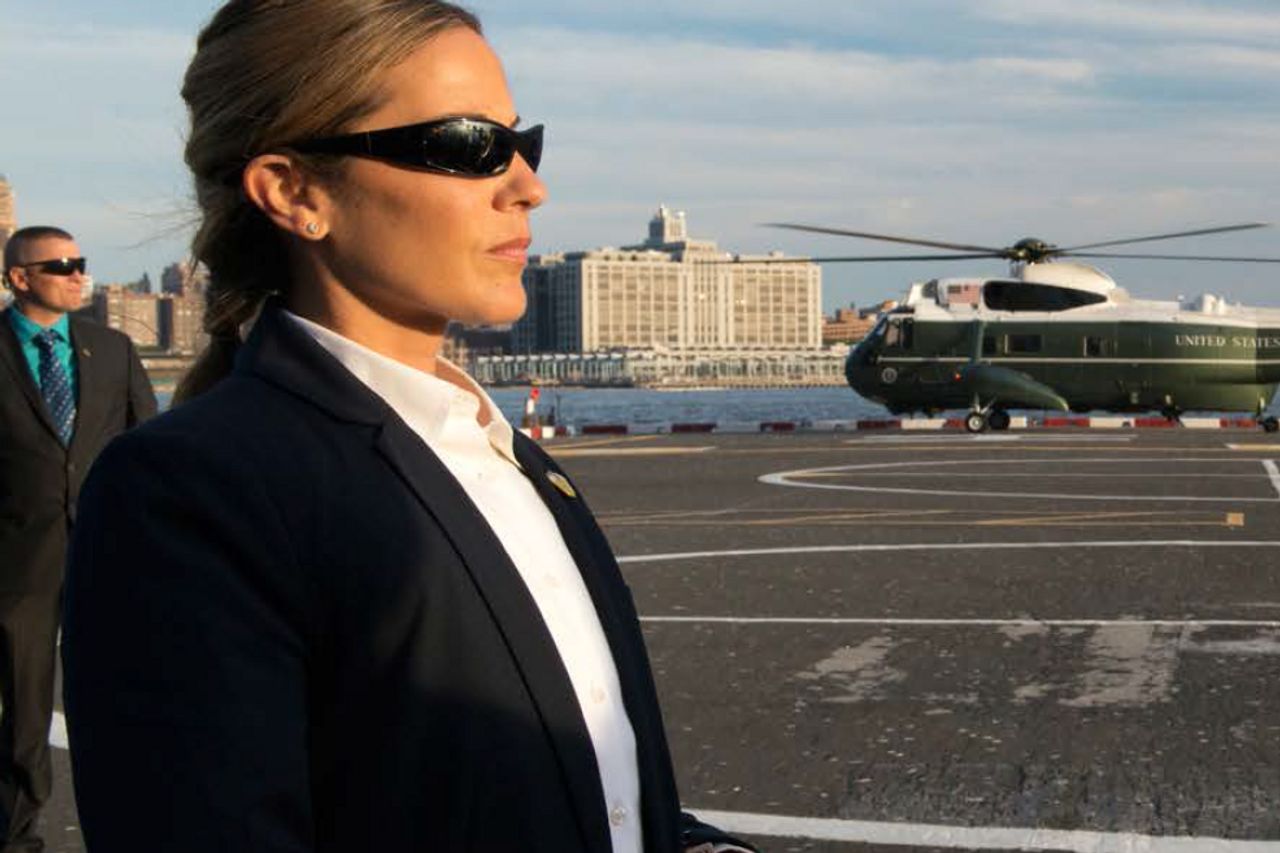The Assassination Of President William McKinley Rotates Secret Service Agents In The US In History Today, September 14, 1901

JAKARTA - On September 14, 1901, the 25th President of the United States William McKinley died. He died after being shot on September 6, 1901. After the death of the number one person in the US, the Secret Service - a secret special guard agency - in the US was further enhanced.
McKinley was the third US President to be assassinated after Abraham Lincoln in 1865 and James A. Garfield in 1881. The incident began when McKinley was shaking hands at a public event he attended.
Launching History, an anarchist named Leon Czolgosz approached McKinley and immediately brandished a weapon in front of him. Czolgosz's gun spewed hot lead into McKinley's stomach twice. McKinley's body was shaking and just as Czolgosz was about to fire a third shot, he was immediately arrested by security. McKinley, who was still conscious at the time, told guards not to injure his attacker.
Another presidential officer rushed McKinley to the hospital and an operation was performed. He had improved on September 12, until then his condition reversed on September 14. His health deteriorated and he finally died on that date. Vice President Theodore Roosevelt was sworn in as President of the United States.

US President William McKinley (Source: Wikimedia Commons)
Czolgosz was a Polish immigrant. He grew up in Detroit and worked as a steelworker. As a young adult, he was drawn to socialist and anarchist ideologies. He confessed to killing McKinley because he thought he was the head of a corrupt government.
Then Czolgosz was convicted and executed in the electric chair on October 29, 1901. By the time he gave his final message, he had not pleaded guilty.
“I killed the president because he was the enemy of the good people—the workers”, Czolgosz said. Meanwhile, the police also arrested Emma Goldman, who was mentioned in Czolgosz's speech as a major influence in the decision to kill McKinley.
Presidential protection issue
After McKinley's assassination, newspapers across the country strongly criticized the lack of protection afforded to US presidents. Although it still lacked a legislative mandate, in 1902, the Secret Service finally exercised full protection against President Theodore Roosevelt. But this does not resolve the debate over presidential protection.
Some in Congress recommended that the US Army be assigned to protect the President. But finally, in 1906, Congress passed a law formally designating the Secret Service as the agency responsible for the president's security.
The Secret Service is also funded to protect the president. The number of Secret Service agents and the scope of protection missions continues to grow over time.
The Secret Service has actually been established in 1865 as a division of the US Department of the Treasury responsible for protecting the assets of the national treasury, safeguarding its currency production facilities, and investigating counterfeiting. Beginning in 1894, Secret Service agents protected then-president Grover Cleveland, but only part-time.
Until then and even in the years that followed, members of Congress were reluctant to formally establish a national law enforcement agency and preferred to leave functions relating to law and order to individual states. And the assassination of William McKinley is a momentum for the Secret Service to be built stronger and have a clearer legal basis.
Actually, after the assassinations of Abraham Lincoln in 1865 and James A. Garfield in 1881, there was a bill to formalize the role of the Secret Service in protecting the president. But the bill failed to get approval in Congress. McKinley's death at the hands of immigrants or foreigners, made Congress worried about the threat that would later exist not only at home but from abroad. That's what triggered Congress to approve the Secret Service for the president.
The McKinley Government
From the beginning of his administration, President McKinley was concerned with and concerned about the Cuban uprising. On February 15, 1898, the USS Maine was sunk on an official visit to Havana. President McKinley prevented war and attempted to persuade the Spanish government to adopt a policy of peace with the Cuban rebels.
On April 20, 1898, the US Congress adopted a resolution declaring war on Spain. A peace protocol ended hostilities on August 12, 1898. Under a peace treaty signed in Paris on December 10, 1898, Spain renounced Cuba and ceded Puerto Rico, Guam, and the Philippines to the United States.
After these gains, McKinley questioned whether the US Constitution applied to them. He accepted the view of Congress that because they are located outside the free trade area of the US and are not incorporated territories, the provisions of the Constitution do not apply. In 1900, McKinley was re-elected President of the United States. During his second term, he accepted Supreme Court decisions affirming the government's limited application of the US Constitution to Puerto Rico, Guam, and the Philippines.
On the other hand, McKinley is also considered a president who does not side with people of color. Boston African Americans protested against President William McKinley for his inaction, racial prejudice, discrimination, and violence against African Americans. The letter was sent October 3, 1899, and in it, they pleaded for guarantees of civil rights as provided for in the US Constitution to enable African Americans to rise from poverty, ignorance, and social degradation.
*Read other information about TODAY's HISTORY or read other interesting articles from Putri Ainur Islam.
TODAY'S HISTORY More
